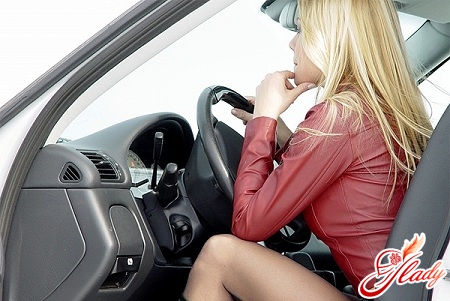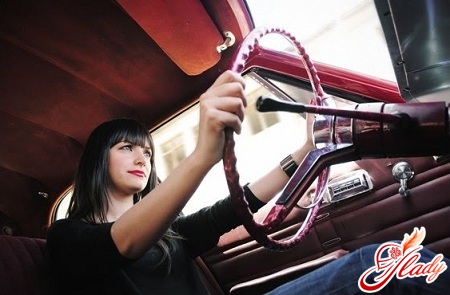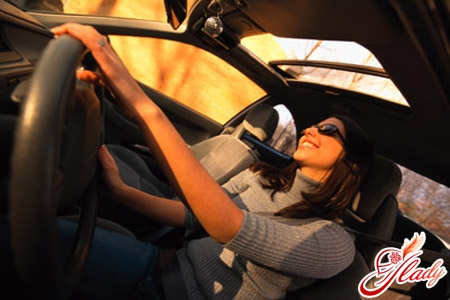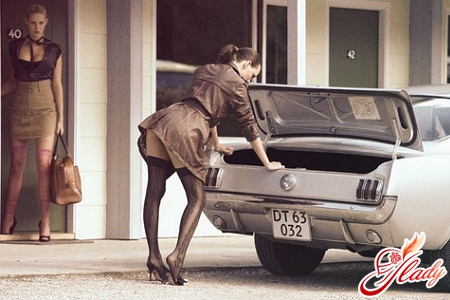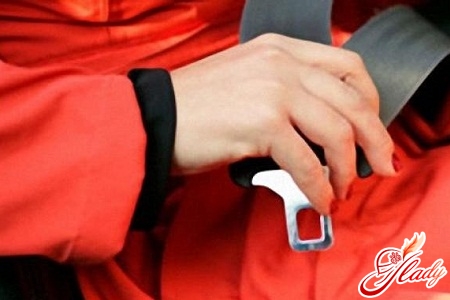 If you drive a car, then of course more than onceHave you ever encountered drivers giving each other various “mysterious” signs – flashing their headlights, honking, gesturing. Perhaps you have even encountered a situation where these signs were intended for you. Did you always understand them? What is the driver’s alphabet and how to decipher the signals given by vehicle drivers?
If you drive a car, then of course more than onceHave you ever encountered drivers giving each other various “mysterious” signs – flashing their headlights, honking, gesturing. Perhaps you have even encountered a situation where these signs were intended for you. Did you always understand them? What is the driver’s alphabet and how to decipher the signals given by vehicle drivers?
A bit of history
Now it is impossible to say for sure where fromthis tradition of communication on the road began. However, there is a legend about it. About forty years ago, an interesting article was published in one of the Soviet newspapers. One of the traffic police officers indignantly spoke about the customs that reigned in the "wild West" - local drivers warned each other about police "ambushes" and posts by signaling with their headlights. It is not very clear what kind of reaction the traffic police officer wanted to provoke with his story. But the effect of this publication was certainly - the idea really appealed to drivers of the former Soviet Union and began to spread with incredible speed. Soon the absolute majority of drivers began to use this method of communication to one degree or another.
Automotive alphabet today
Gradually the signal alphabet was replenished with new onessigns. Today, knowing at least its basics is already considered a sign of good manners. Such signals can be very helpful on the road. And you should not think that they are needed only by malicious violators of traffic rules who want to avoid the "righteous anger" of traffic police officers. Very often, special signs are used for completely different, noble purposes. Knowing the signal alphabet, you can, without words, report a danger, thank or express disapproval, ask for help in a difficult situation, point out breakdowns that are not visible to the driver himself, but noticeable "from the outside". Knowing the signal alphabet opens the way to a kind of "brotherhood of motorists". Drivers who "speak" the language of signals understand each other better. "Secret knowledge" unites them, so they become more polite and friendly. And therefore, the situation on the road is safer. Of course, it is quite difficult to learn all the secret signals of drivers. Yes, maybe it is not necessary. Most of them are used by truck drivers - they live their whole lives on wheels. They often get into various difficult situations on the road - that's their job. But even in the city, a motorist can face various troubles. Let's say you notice that the car driving next to you has a flat tire. How can you warn the driver? Leaning out the window and shouting loudly is not always convenient, and not safe. In such and many other situations, the signal alphabet comes to the rescue. Therefore, it will be useful for any motorist to remember its basics. Let's start learning?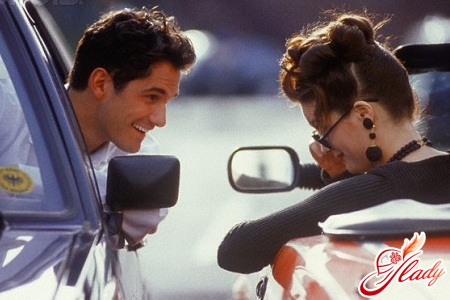
Headlight signals
One - two short "winks"high beams at an intersection or in a traffic jam means that you are ready to be let through. This signal is given both to "fellow" drivers and to pedestrians. This sign is very convenient when, for example, a car needs to turn, but a traffic jam on the road does not allow it to make a maneuver. Two or three short "winks" of high beams. This is probably the most frequently used signal on the roads. It means "Attention!" In this way, drivers warn each other about a lurking "ambush" of traffic police officers or about some danger lurking ahead. This could be an open manhole, an accident, a "gap" in the road. Several long "winks" of high beams from behind, "in the back". This signal means that you are asked to give way. If you have such an opportunity - do it. Suddenly, the person really is in a hurry. True, you need to be extremely careful with this signal - it is often used to "set you up". They "wink" from behind - they ask you to let them pass, and on the right they have already set up an expensive "foreign car" with pre-prepared "material damage". Unfortunately, such situations are not uncommon. If you decide not to let them pass - press the brake so that the "brake lights" work. But, at the same time, you do not need to brake. As a rule, it helps - they fall behind. Oncoming cars often "wink" with their headlights. This means that something is wrong with your lights. Maybe you are blinding drivers.
Signals with turn signals and alarms
Turn signals are usually usedtruck drivers. But some of them are also useful for car drivers. For example, if you are driving behind a truck or a bus on a country road, before you start overtaking, look to see if the driver is giving you any signs. If the truck's right turn signal is flashing - it means you can start the maneuver. If the left one is - you cannot overtake. "Blinking" of a car alarm means gratitude or an apology. But if you notice that the car that overtook you has not turned off the hazard lights, this does not mean that its owner is "very, very grateful" to you. Check, maybe your high beams are just on.
Signals with gestures
Drivers' hand signals can also tell a storyabout a lot. If, of course, you know how to decipher them. If you notice that drivers sharply straighten their fingers, making signs similar to a flashing light bulb, it means it’s time to turn on the headlights. In order to “tell” about an open trunk, drivers slap the air with their palm. If one of the drivers points with his hand at the door of your car, it means that it is not tightly closed or your seat belt is tight. If you notice that a car has a flat tire, you can signal by making a circular motion with your hand and then pointing down. If the driver of a passing car points with his hand to the side of the road, addressing this signal to you, then you should stop. This means that your car is faulty. Often this sign is accompanied by flashing headlights or a short sound signal. A raised or extended palm is a sign of gratitude.
Signals with objects
Such signals are used in forced situationsstopping on the side of the road. They let passing drivers know what kind of help you need. As a rule, such signs are clear without explanation. If you take a canister in your hand - it means you have run out of gas. If a cable - you need towing. If a key, it means you do not have the right - or maybe no tool at all, except for this unfortunate key - a tool. That's basically the whole ABC of cars. Not that difficult, right? What else should you know? Not all traffic police officers recognize and "respect" this way of communication between drivers. For example, you can be fined for "unregulated winking" of high beams. Therefore, it is up to you to decide whether to use this signal or not. Even if you don't use these signs yourself, knowing them will help you better understand other drivers, and therefore control the traffic situation. And maybe, at some point, it will save you from trouble. And then, it's so nice to feel like a member of a "secret brotherhood" - especially if you are a LADY driver. We recommend reading:




